Home Decorators Collection Palermo Grove 5-Light Black with Walnut Accent Linear Coastal Chandelier for Kitchen Island and Dining Room with Bulbs
Gilded iron finish and handpainted detail offer a rustic look. Includes (5) 60-watt vintage bulbs perfect for industrial spaces. For more sizes and options, shop the Palermo Grove Collection.
The Palermo Grove Collection offers a vintage look for rustic and industrial living spaces. Featuring a hand painted cage with pendant and linear options, Palermo Grove can revive a look over Kitchen Island or bar, as well as dining and living spaces. The Gilded Iron finish is enhanced by hand-painted walnut accents.
- Gilded iron finish
- No glass shade
- 31-7/8 in. W x 16-3/4 in. H
- Uses (5) 60-Watt vintage medium base bulbs (included)
- Hand painted accents
- Vintage look
- Ideal over kitchen island or bar
Additional information
| Chain Length (in.) | 144 |
|---|---|
| Fixture Depth (in.) | 12 |
| Fixture Height (in.) | 16.75 |
| Fixture Weight (lb.) | 18.3 |
| Fixture Width (in.) | 31.87 |
| Maximum Hanging Length (in.) | 104 |
| Mounting Deck Height (in.) | 0.813 |
| Mounting Deck Width (in.) | 9.813 |
| Manufacturer Warranty | 3-year limited warranty |

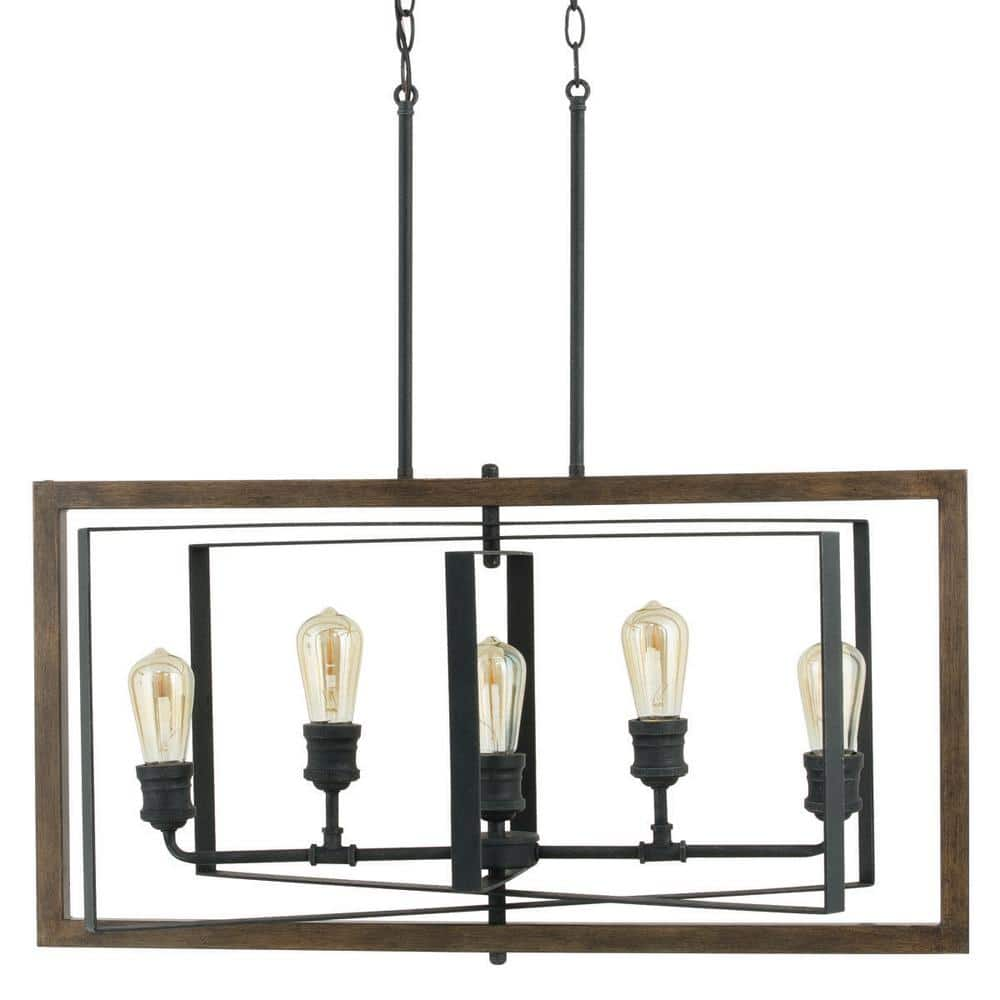
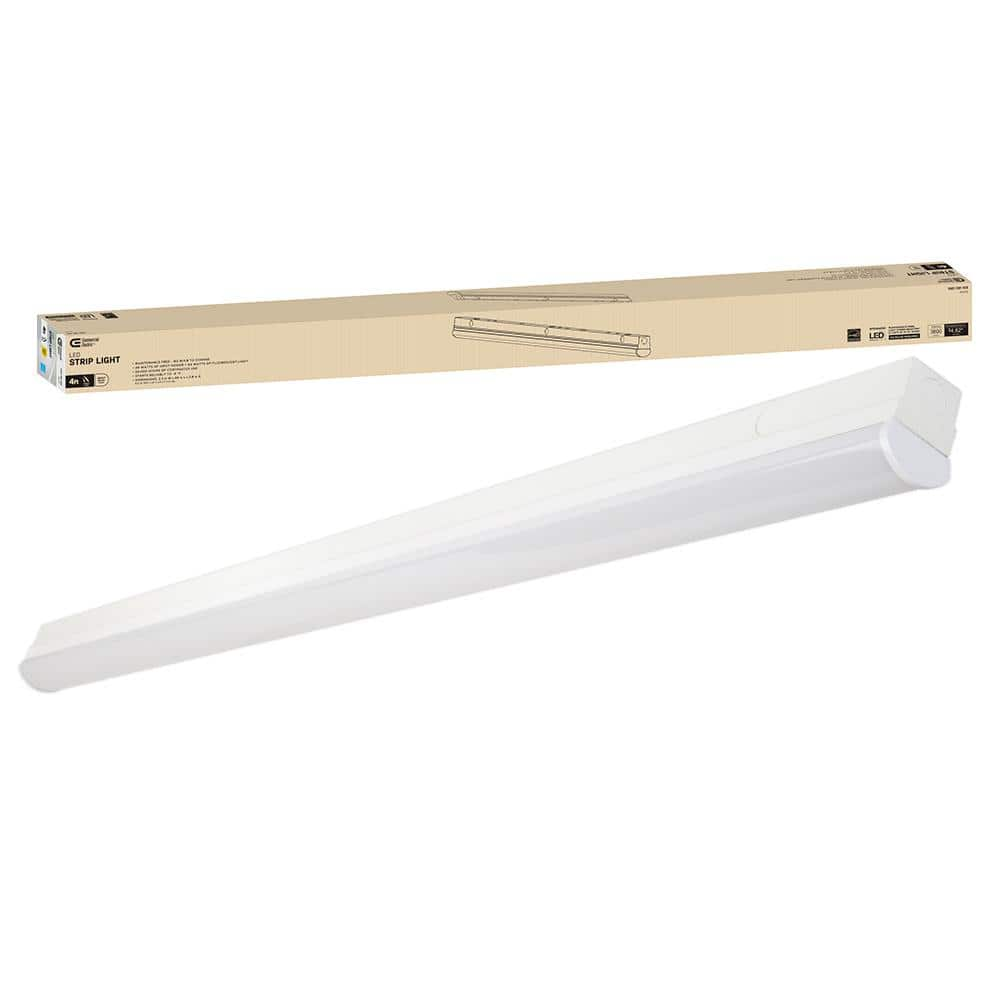
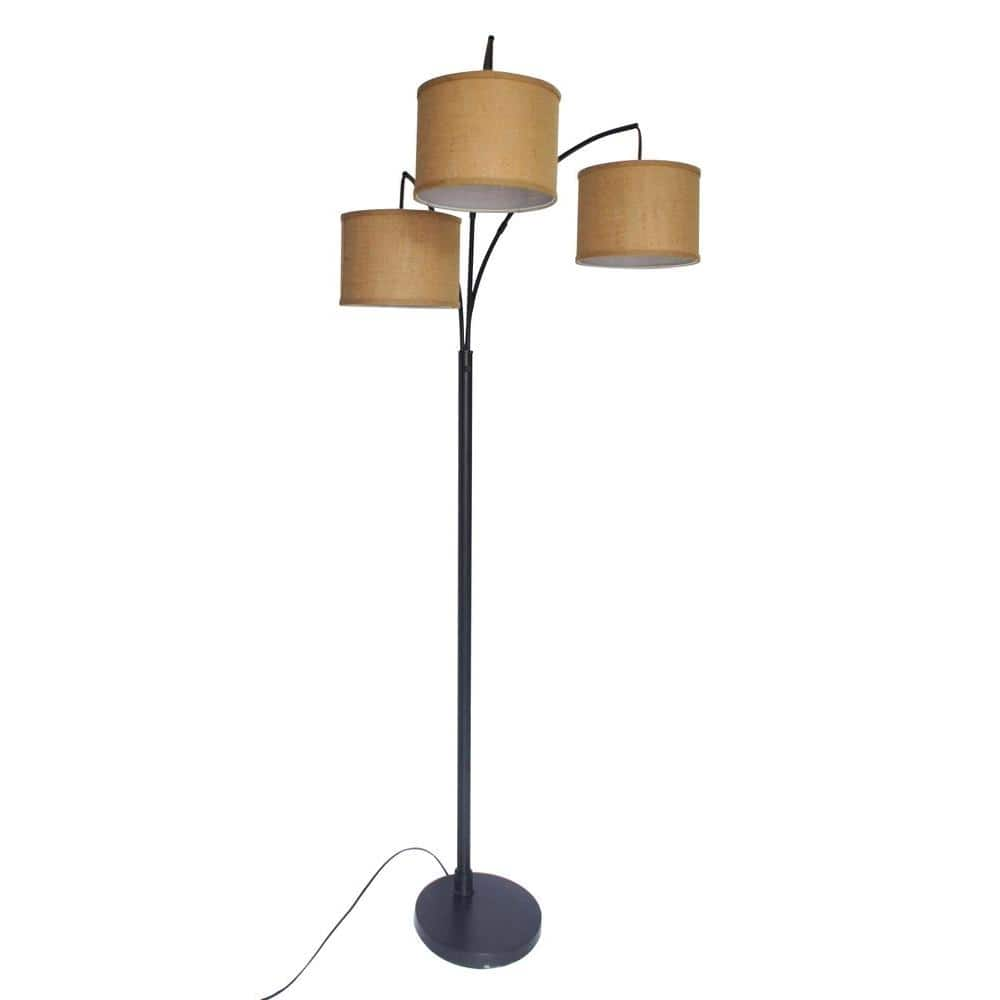
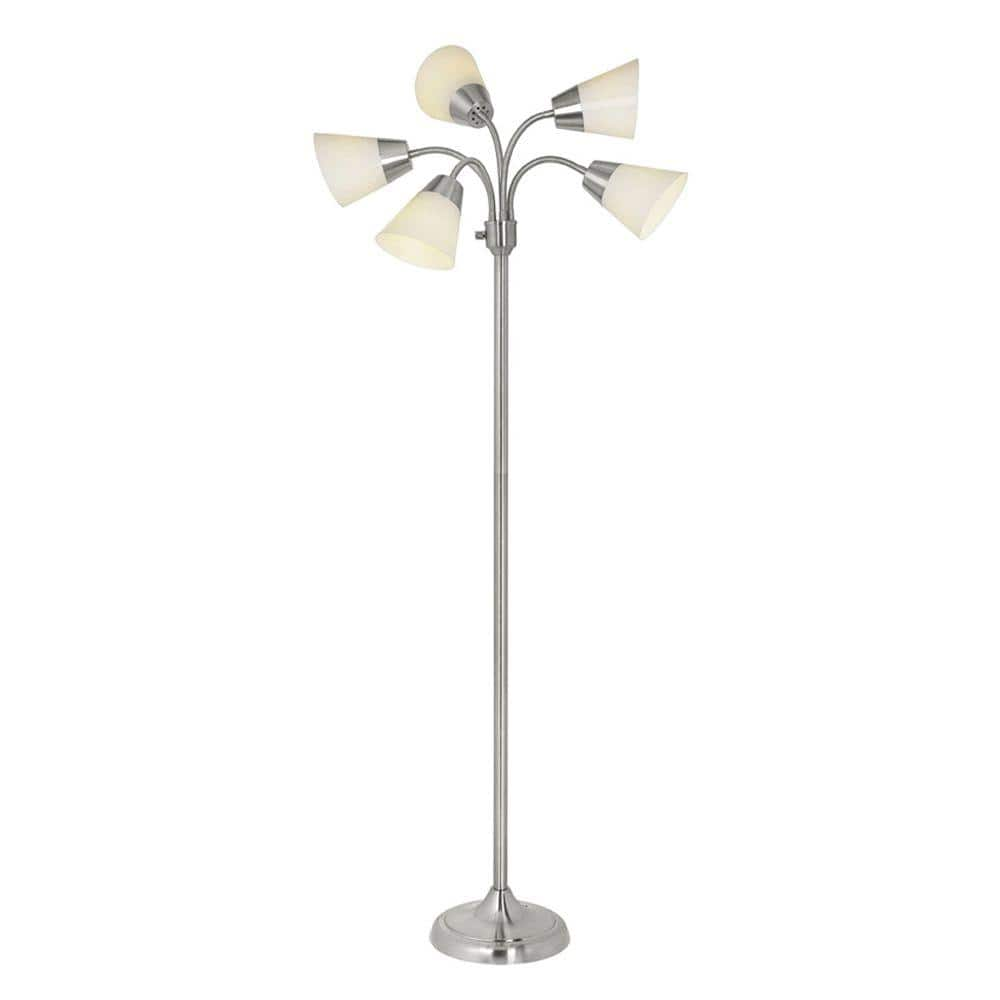
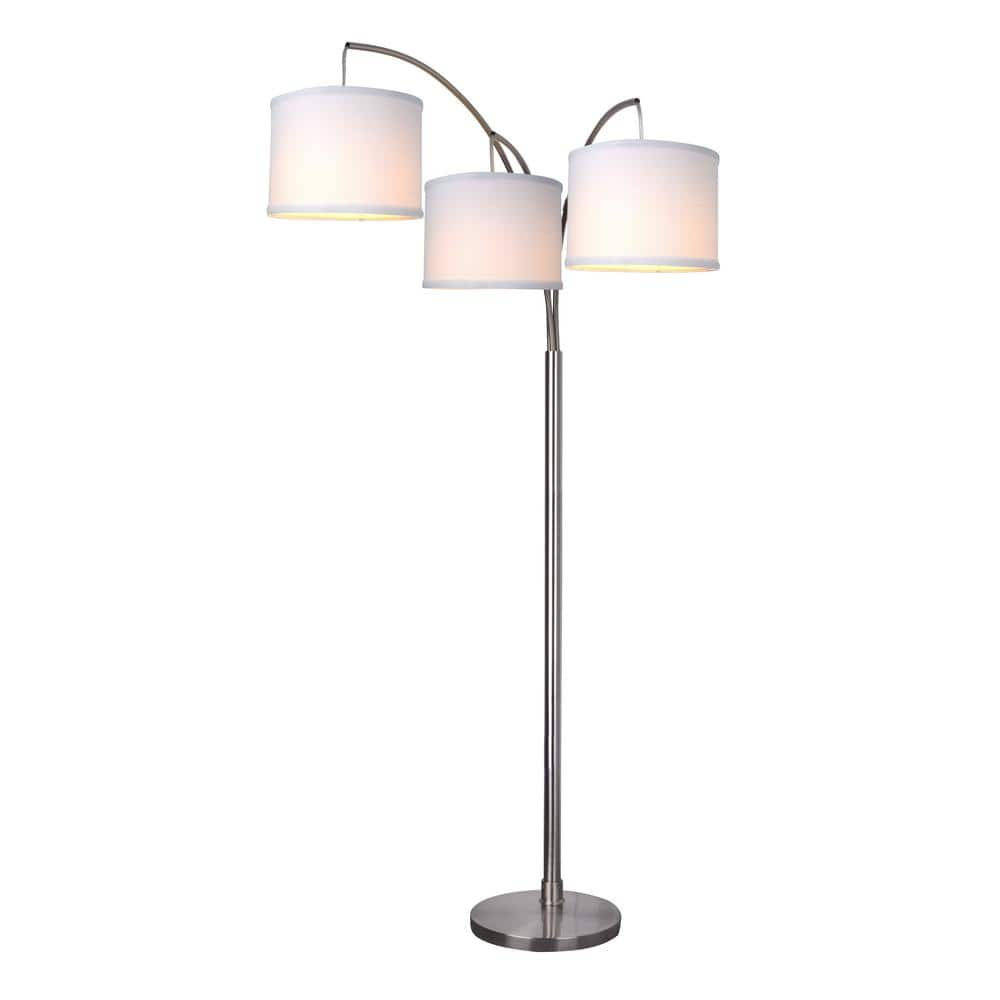
by John
Beautiful chandelier.
by Perry
It was easy to install, but does require two people.
by Swam
Love the light fixture for my formal dining area. My only complaint are they included bulbs are not as bright as I’d like them to be for the space.
by Beth
Easy to assemble …for some reason had no instructions but we love it.
by Janet
Looks as amazing in person as in photo. Had it professionally installed. Love edison bulbs but wish they weren’t amber.
by Lisa
The chandelier looks fabulous over our table.